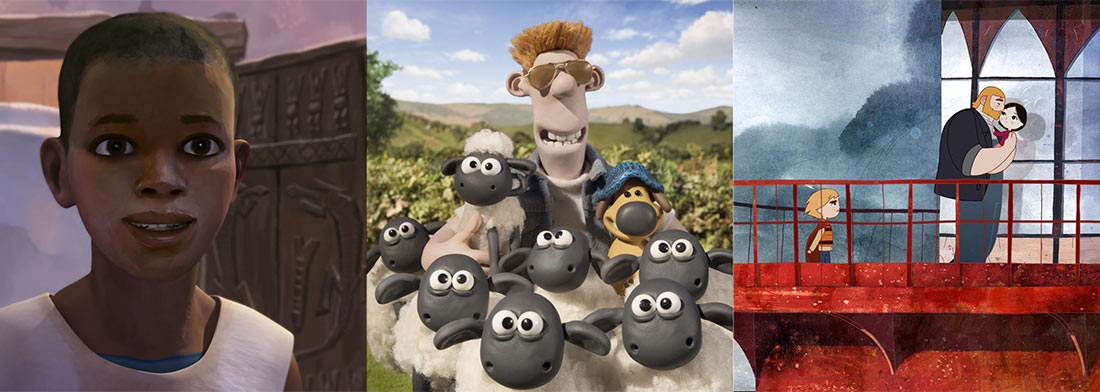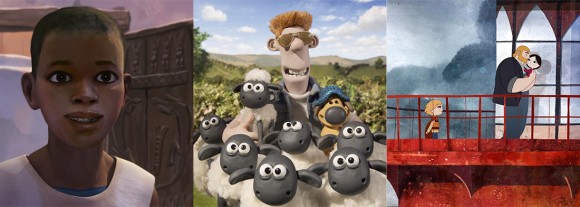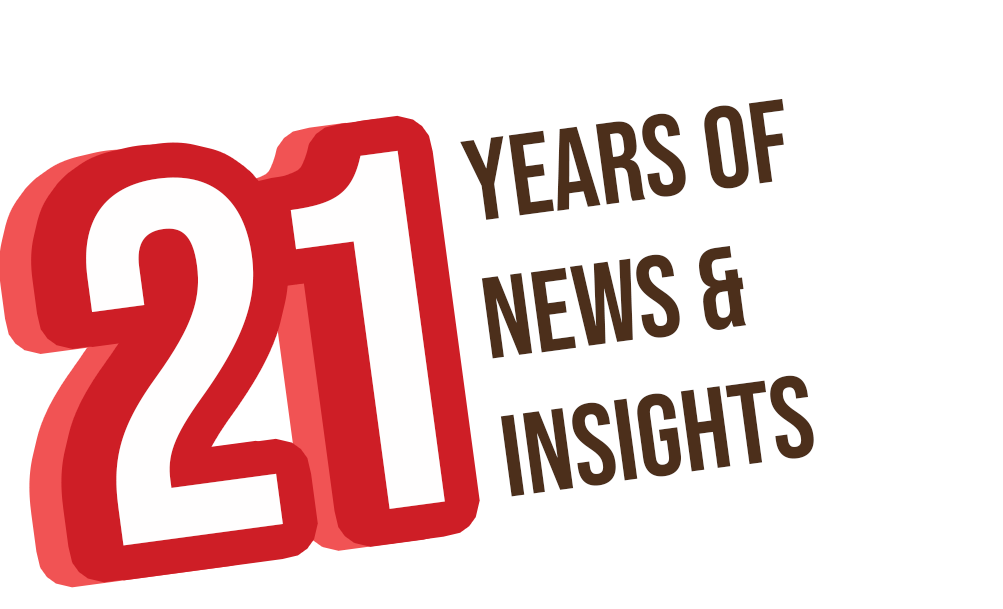

Three Animated Features Nominated for 2015 European Film Award
The European Film Awards have announced nominees for the best European animated feature of 2015.
The contenders are Cartoon Saloon’s Song of the Sea (also nominated for an Oscar last year), Aardman’s Shaun the Sheep Movie, and the French film Adama.
The nominees were selected by a committee that consisted of Antonio Saura (producer), Marcel Jean (Annecy artistic director), Anja Šošić (producer, Human Ark), Petteri Pasanen (CEO, Anima Vitae), Iain Harvey (owner, The Illuminated Film Company), and Jacques-Rémy Girerd (director/producer, Tante Hilda!, Mia and the Migoo). The 3,000-plus members of the European Film Academy will now select the winner, who’ll be announced at the EFA ceremony in Berlin on December 12.
Readers of this site will no doubt be familiar with the first two films on the list, but shouldn’t overlook Simon Rouby’s Adama, which opens in French theaters next week. It’s an exhilarating coming-of-tale period adventure set against the rolling expanse of the African continent and the claustrophobic horrors of French battlefields during World War I. The film uses laser-scanned sculptures as the basis for its CG characters, as seen in this behind-the-scenes clip:
The sculpture-to-CG process results in an idiosyncratic hand-made sensibility that makes the characters far more interesting to look at than the garden-variety slick-and-smooth CG characters we’re used to seeing in features. The film isn’t wholly CG either; digital characters are combined with hand-painted backgrounds, and some scenes incorporate practical effects, as seen in this making-of clip:
There’s nothing conventional about the film’s story, its art, or even its production — it’s the first (and only) animated feature ever produced on Réunion Island, a French territory in the middle of the Indian Ocean. Watch the international trailer below:
Adama will be competing at a disadvantage since the other two films have had significant exposure for the past year, while Adama premiered only last June at Annecy and hasn’t received a wide release yet. However, the European Film Academy has established a reputation for treating the art form respectfully and rewarding unconventional fare, so we can assume that all three films have a fair chance of being recognized. Here is the list of the European Film Awards feature animation winners since they started the category in 2009:
2009: Mia and the Migoo (Jacques-Rémy Girerd)
2010: The Illusionist (Sylvain Chomet)
2011: Chico and Rita (Tono Errando, Javier Mariscal, Fernando Trueba)
2012: Alois Nebel (Tomáš Luňák)
2013: The Congress (Ari Folman)
2014: The Art of Happiness (Alessandro Rak)

.png)